How to act when your dog growls
A dog's growl is a form of communication
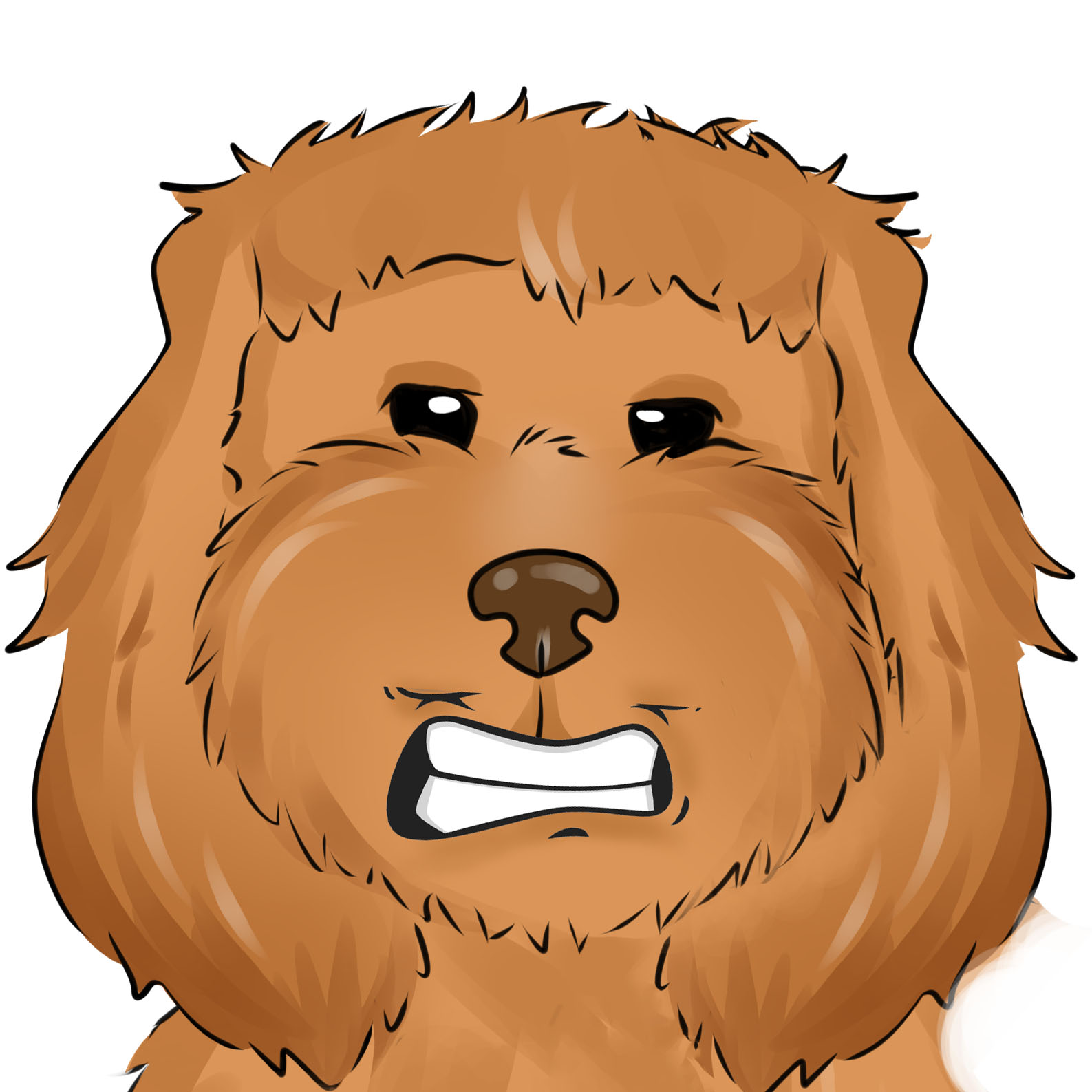
WHY DOES MY DOG GROWL?
Approximate reading time: 12 minutes
Dogs are very sociable animals. According to some studies, this sociability in animals is closely linked to their ability to communicate. Dogs, in particular, often use their body language to express their emotions, although they also make different sounds such as barking, whining or growling.
The growl is very often associated with a warning signal emitted by the dog, which is intended to express that, if the situation continues, the dog could bite. However, just as in humans, putting your hands to your head can mean many things (fear, surprise, headache...), you have to take into account the context and other bodily expressions to get closer to understanding what your pet is really trying to express when they growl.
If your dog has ever growled at you, you may have felt threatened, bewildered, rejected or even hurt. However, it is important to bear in mind that a dog can growl for many reasons: because they feel excited, frustrated, happy, angry, annoyed, hurt... Therefore, both body language and the context in which it happens are key. By observing the situation, the animal's posture and attitude, we can confirm the reason for the growl.
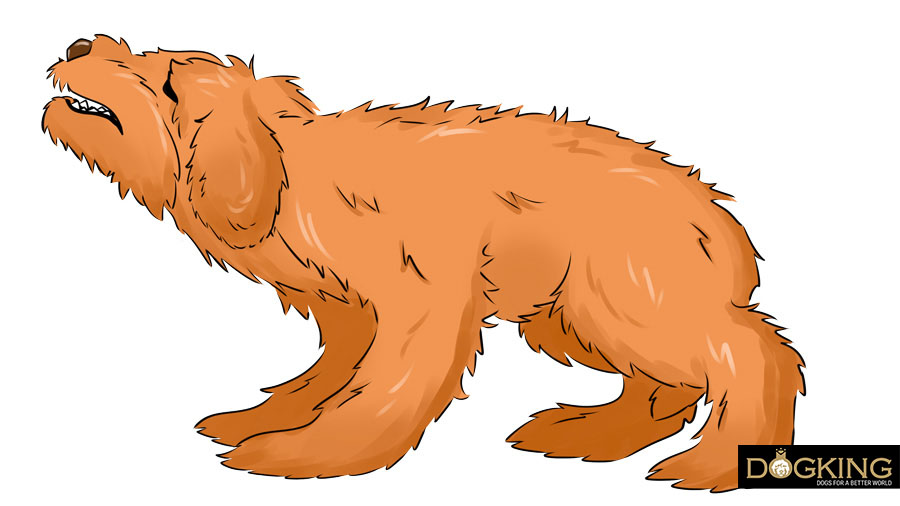
Table of contents
1- What should I do if my dog growls?
2- What you should never do if your dog growls
What should I do if my dog growls?
In order to know what to do when our pet growls, we must understand the message they are trying to give us with this vocalisation. To do this, look closely at the position of their body and the context. If their position is tense, their teeth are bared, their fur is bristling or they are constantly licking themself, it means that your dog is growling to let you know that they don't like something and you should stop your interaction with them to avoid aggravating the situation. However, there are other reasons why these animals may growl:
- During play: the most playful and active dogs, and especially puppies, can become very excited when we play with them or they play with other dogs. That's why you may hear them growl and growl because of their excitement.
- In their sleep: dogs can also dream, so if you hear your pet growling in their sleep, it probably has nothing to do with the real situation, but with the imaginary world of their dreams. However, if they growl because you woke them up, they were very annoyed that you did so. Don't bother your pet while they are resting!
- When you pet them: if your dog is very affectionate, they are sure to enjoy your strokes Have you ever heard them growl softly while you touch them? It's normal, in fact, it's a symptom of pleasure. Your dog is very happy thanks to your attention and lets you know it with this kind of growl.
By observing your dog's body language, you may detect that their growling is trying to tell you that something is wrong. Your pet can let you know that they are upset in many different situations, so you need to consider what situation is causing them to feel unpleasant. What were you doing when they growled? Why do you think your dog might have become upset? Have they stopped now orare they still growling? Let's look at some common situations in which dogs may growl to express discomfort.
-
My dog growls when I touch them
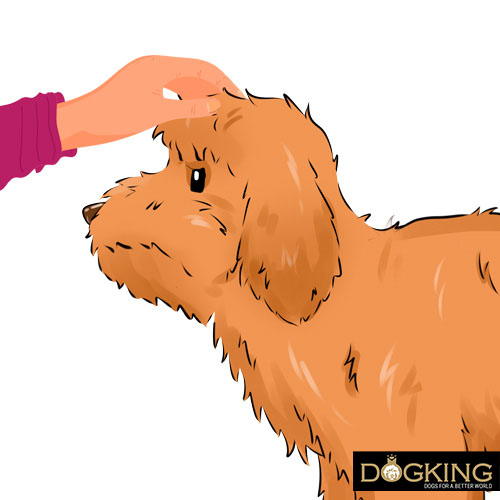
There are several reasons why your dog may not want you to touch them. It is possible that they have pain or discomfort on their skin, so the first thing to do is to rule out any physical cause. Another possibility is that the puppy, if adopted, has had bad experiences with human contact and is afraid. Or perhaps you are simply touching them in a place they don't like. In general, dogs' favourite places for petting are the chest and the end of the back, although people almost always go straight for the head, which they don't usually like.
What to do: don't force your dog and respect their space. If you keep trying, you will be ignoring their warning signal (the growl) and you can imagine what comes next. However, respecting the animal does not mean leaving the situation alone. If you suspect that your dog is acting in this way out of fear, it is a good idea to work on restoring their confidence so that they can enjoy petting without tension. Also, in some cases it will be essential to have someone touch them, such as at the vet's or grooming parlour. Consult a trainer or ethologist if you have any doubts, although you can start working with your pet at home with simple exercises. For example, offer a cognitive game to focus their attention, such as a scent rug, and try slowly approaching them while they are concentrating. Try to be calm in your attitude and slow in your movements. Try touching them in one of the ‘safe’ areas mentioned above and study their reaction. Practice positive reinforcement by giving them treats if they manage to keep their attention while you touch them
-
My dog growls at me if I approach them while they are eating

If you have ever approached your pet while enjoying their food and been surprised to see them growl at you, don't worry, this is quite common. In these situations, resource protection comes into play, i.e. your dog growls at you because they are ‘afraid’ that you will take away their food, a precious commodity they depends on for survival.
What to do: Your pet needs to understand that you are not a threat to them and that you are not trying to take away their food. That is why we recommend that, while they eat its usual food, you leave it as close as you can (do not advance if they growl at you) a plate with a snack or human food that they love, such as a piece of cooked fish or chopped apple. The idea is to make the animal understand that good things happen when you approach their food bowl. Be very patient and work progressively and get closer and closer as the dog allows you to (you can try leaving the tastiest food directly in the bowl). Finally, when they are very used to this dynamic, start to approach them without bringing them anything appetizing sometimes.
You can practice this exercise to be able to pass close to the dog when they eat and avoid them getting so tense, but what you should never do is bother them on a whim. When your dog is feeding, this is no time for petting or distractions: let them enjoy their food quietly.
-
My dog growls when I try to take a toy away from it
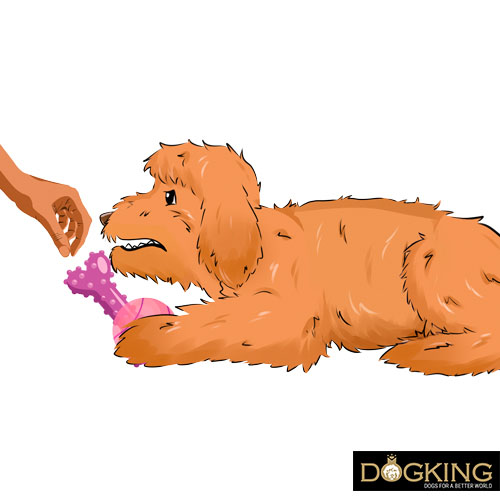
When a dog growls when you try to take away any object in their possession that is of value to them (usually toys), this is also a case of resource guarding. Even if it is not food, a toy is a source of amusement for your pet, so they may behave possessively towards it and growl at you when you try to take it away.
What to do: the most advisable thing to do is to work on the ‘let go’ command, as the dog must understand that we manage the game and the toys. At first you can encourage your pet with a reward to let go of the object while you give the signal. You can also use two toys, such as a pair of identical balls that you exchange. Do this when they are not growling or once they have stopped growling and are calm to avoid reinforcing this behaviour. Gradually you will see that your dog will progress and give you their toy from time to time. Reinforce their successes with treats and petting so that they internalise that nothing is wrong if you take the toy for a while. On the other hand, hiding the toys when you have finished using them will help prevent the dog from developing this behaviour. This resource guarding can also occur with other items, such as your bed or the sofa. In these cases, work in the same way but with the ‘down’ signal. Show your dog what you want them to do and positively reinforce their good behaviour.
-
My dog growls at other dogs

Dogs have their own communication codes, including body language, sounds and pheromones. Therefore, it is best not to intervene if your dog growls at another dog. Usually, the other animal will understand what the warning signal means and will most likely stop bothering your pet.
What to do: In many cases, even if we do it with the best intentions, it is counterproductive to act in these conflicts between dogs, as we could add tension to a situation that they can resolve naturally. If you see that the other dog ignores your furry friend's warning growls, then yes, you can take action by simply withdrawing with them.
-
My dog growls at other people
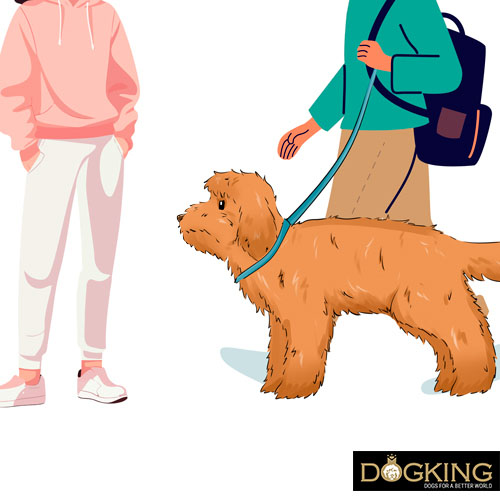
A dog that growls at other people may be feeling threatened or stressed. If they are strangers, they are likely to feel insecure and threatened, but this is more common in dogs who have not been properly socialised or who have experienced unpleasant situations with humans or other traumatic events.
What to do: If your puppy is adopted, there are things you may not know about their past, so be sympathetic and visit a trainer or ethologist to help you deal with this uncomfortable situation. If your pet only growls at a particular person they know, you may need to review how they relate to the animal. There are many reasons and contexts that can cause this type of situation, such as touching them in areas they don't like or disturbing them while they are sleeping. The more positive experiences you can give your dog, the easier it will be to prevent this situation from occurring. Try to socialise them properly and, above all, don't allow anyone (not even yourself) to force your dog to be petted, handled, etc. Ideally, it should be the dog that decides to approach and, if you bend down to interact with them, you should do so with your back straight and at a certain distance from the animal.
-
My dog growls at other children
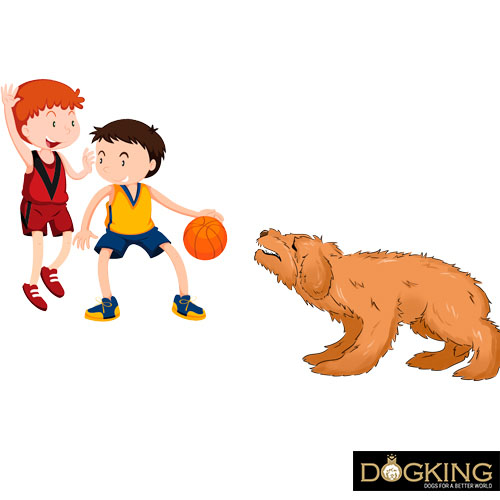
Children can generate very intense stimuli for dogs. Sometimes a dog may growl at small children simply because they are not used to dealing with them and is intimidated by an unexpected stimulus. Children's handling of these animals is usually much more invasive and uncaring. In addition, their smell, voice and appearance are very different from what they have known before. It should also be taken into account that some small children can overwhelm the dogs, touching them non-stop, shouting near them or pulling their tails and even, in some cases, throwing objects at them.
What to do: Children should never be left alone with dogs. Supervision of these interactions should always be observed (and refereed) by an adult. Educate the little ones about how they should behave with the dog, but do so in an appropriate manner to avoid frightening them. It is not a good idea to threaten them that the animal will bite them, as they may approach them with fear and make the situation worse. Simply explain what your pet likes and how they feel happiest. On the other hand, it is very important to socialise the animal as early as possible in their development, taking them for walks in different places with different stimuli and allowing them to interact with all kinds of people, including children.
What you should never do if your dog growls
If your dog tends to growl in some of the situations we have seen, it is important that you investigate the cause behind this attitude. But do you know what to do when your pet growls at you? The most important thing is to stay calm. Stop whatever may be bothering your furry friend and move slowly, accompanying your retreat with softly spoken words. Redirect your dog's attention with an attention-getting toy or noise. Above all, never scold, as growling is a form of expression for your pet. If you scold them, you may cause inhibition of this signal which, in some contexts, may be a warning of impending aggression, preventing you from anticipating it and being able to correct it in time in the future. To get a dog not to growl you must transform their emotion, and a scolding will only make them more nervous and the situation will get worse.
So, if your dog does growl on occasion, take a good look at the context and their attitude to understand what they are trying to tell you. Only then will you be able to resolve the tension of the moment and continue to enjoy your pet. Remember that, if you have any doubts or complications, the advice is to go to a specialist in dog behaviour (trainer or ethologist), who will be able to assess the situation much more accurately and help you so that everything goes well.